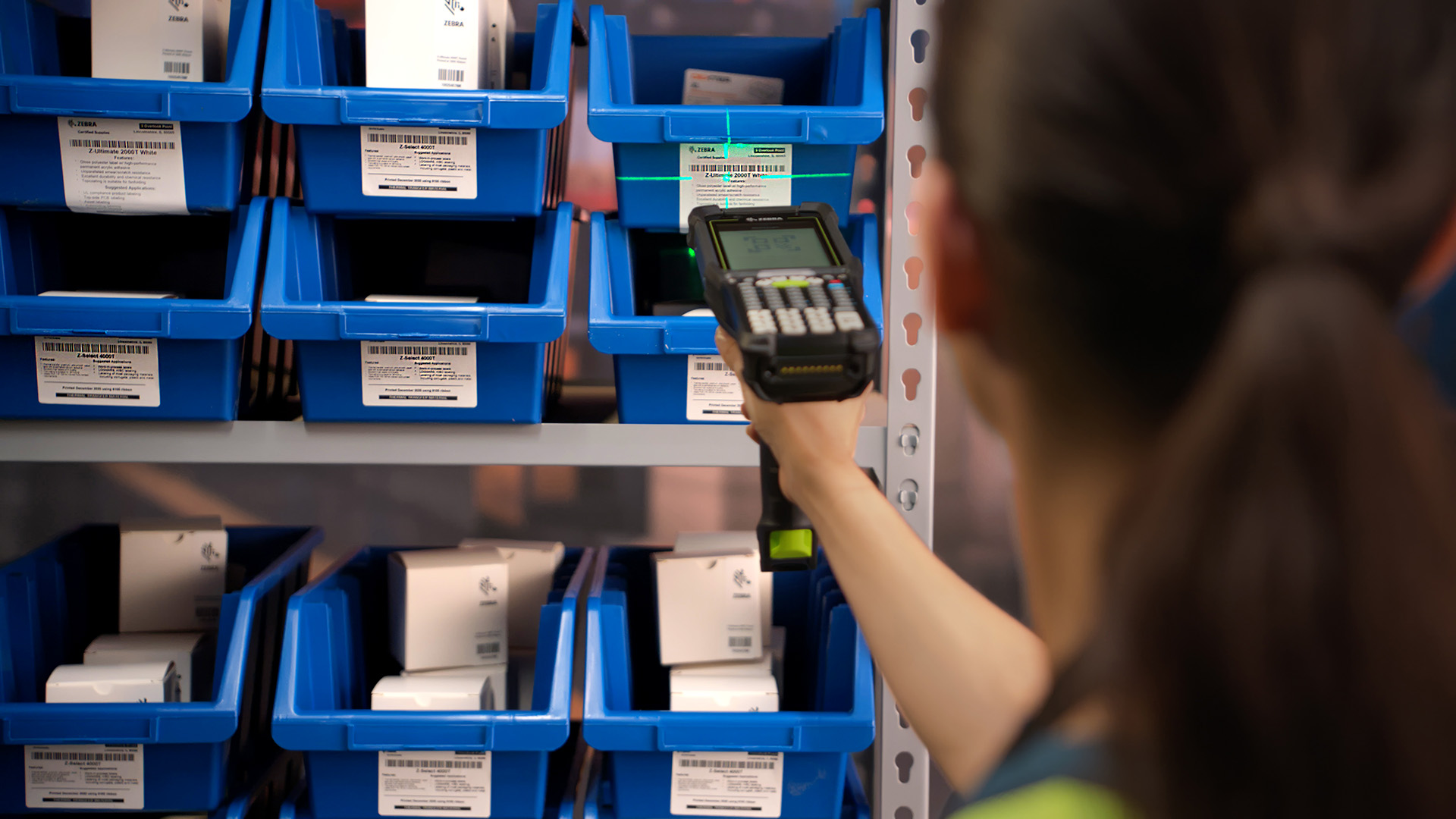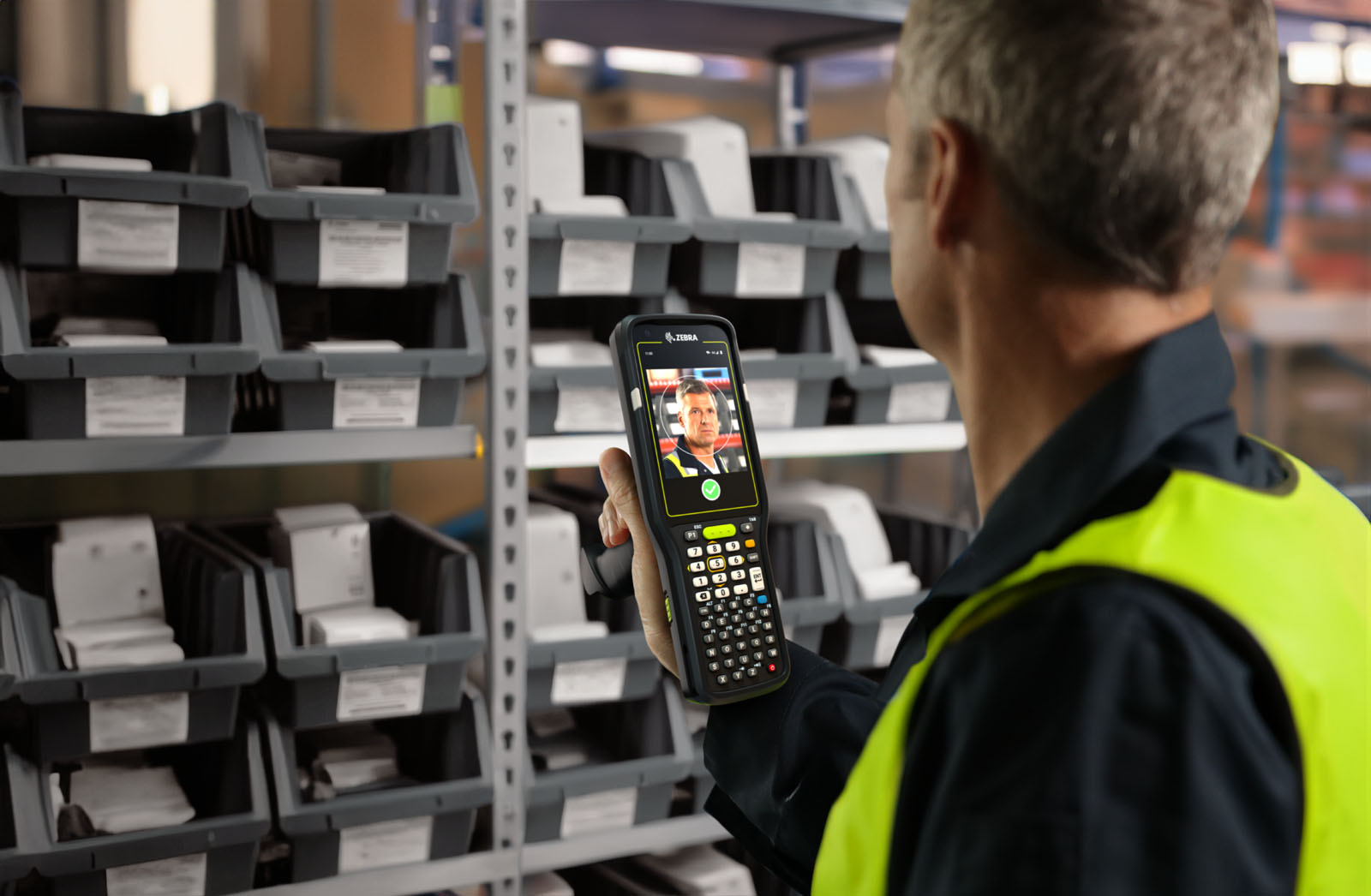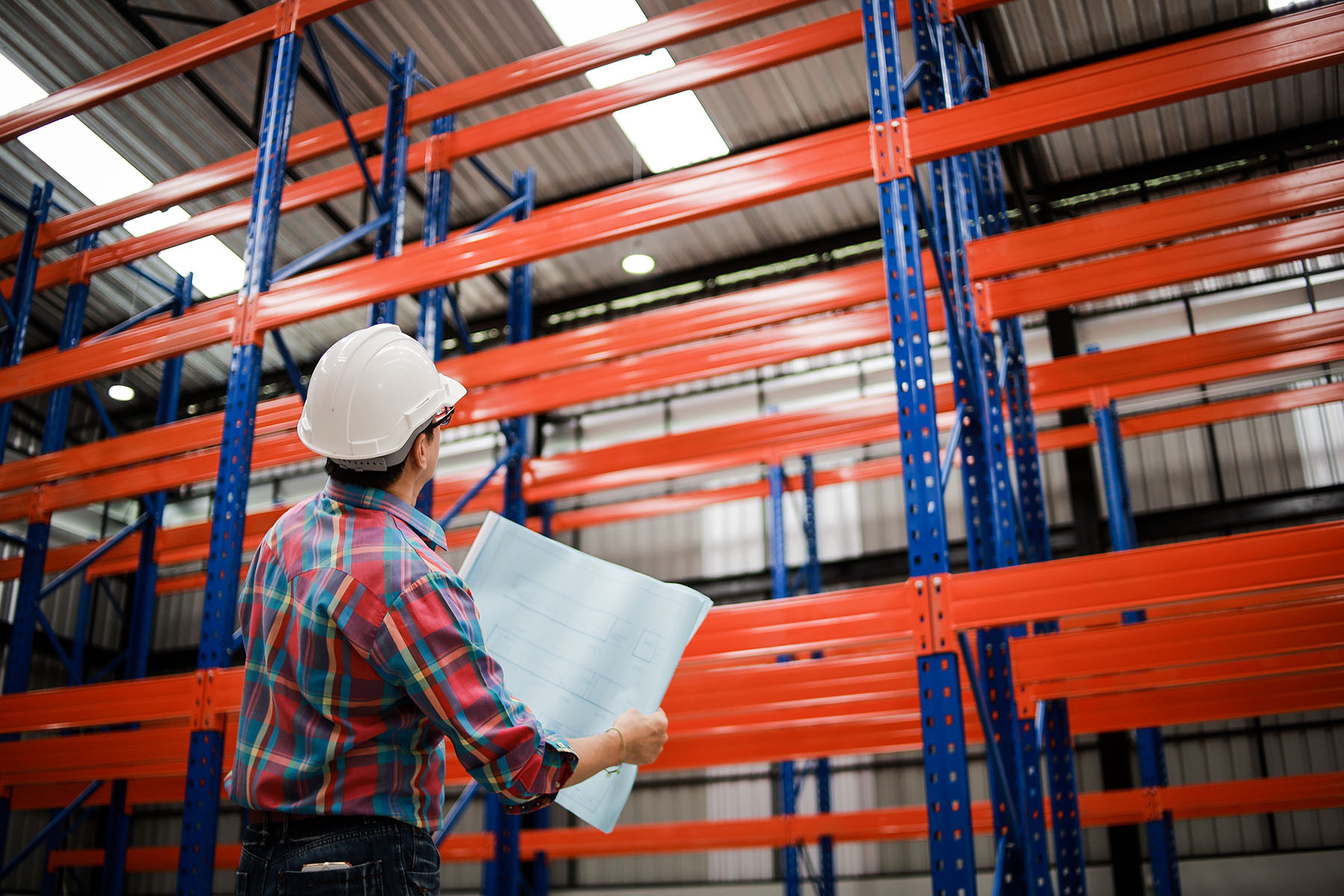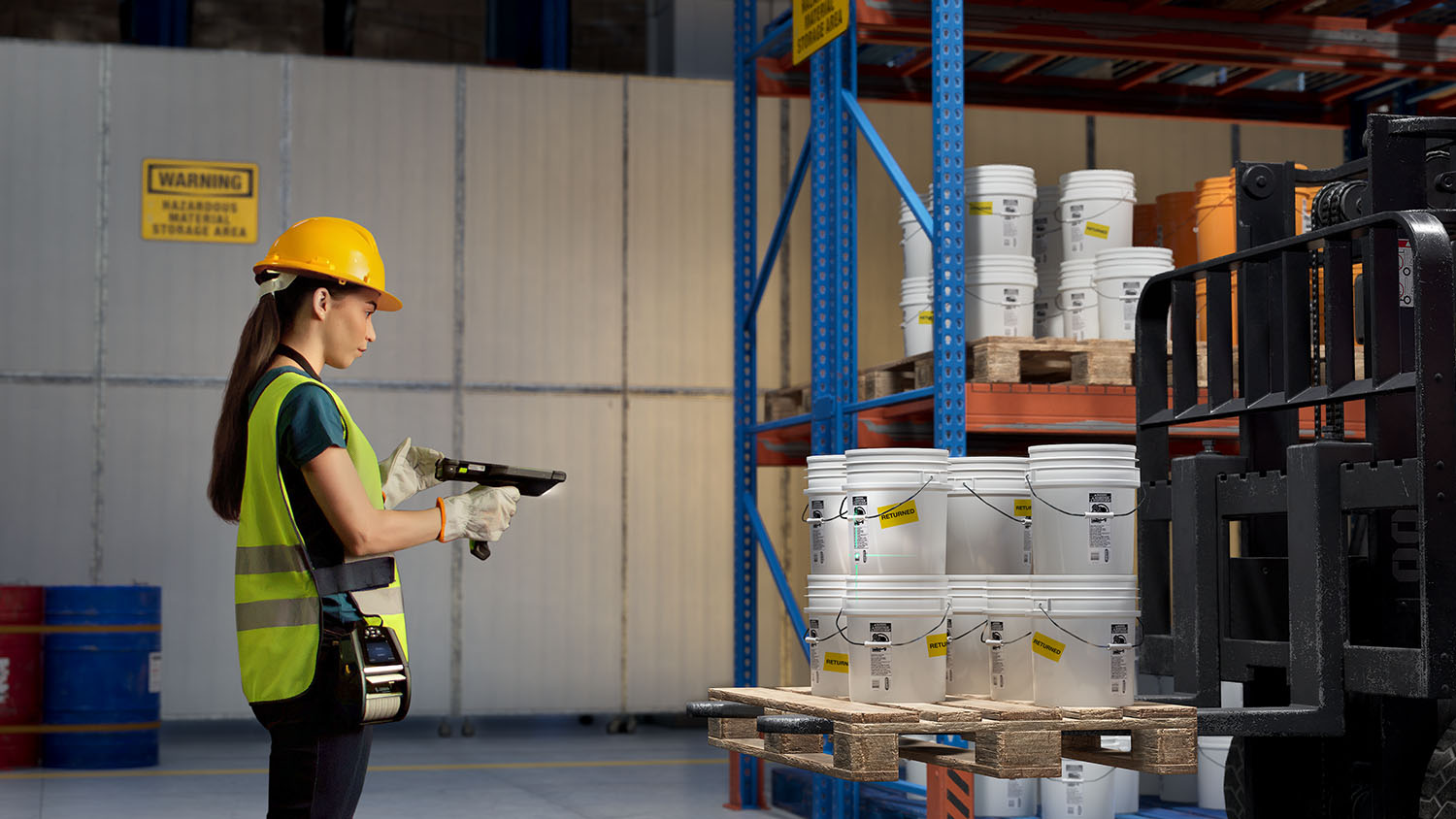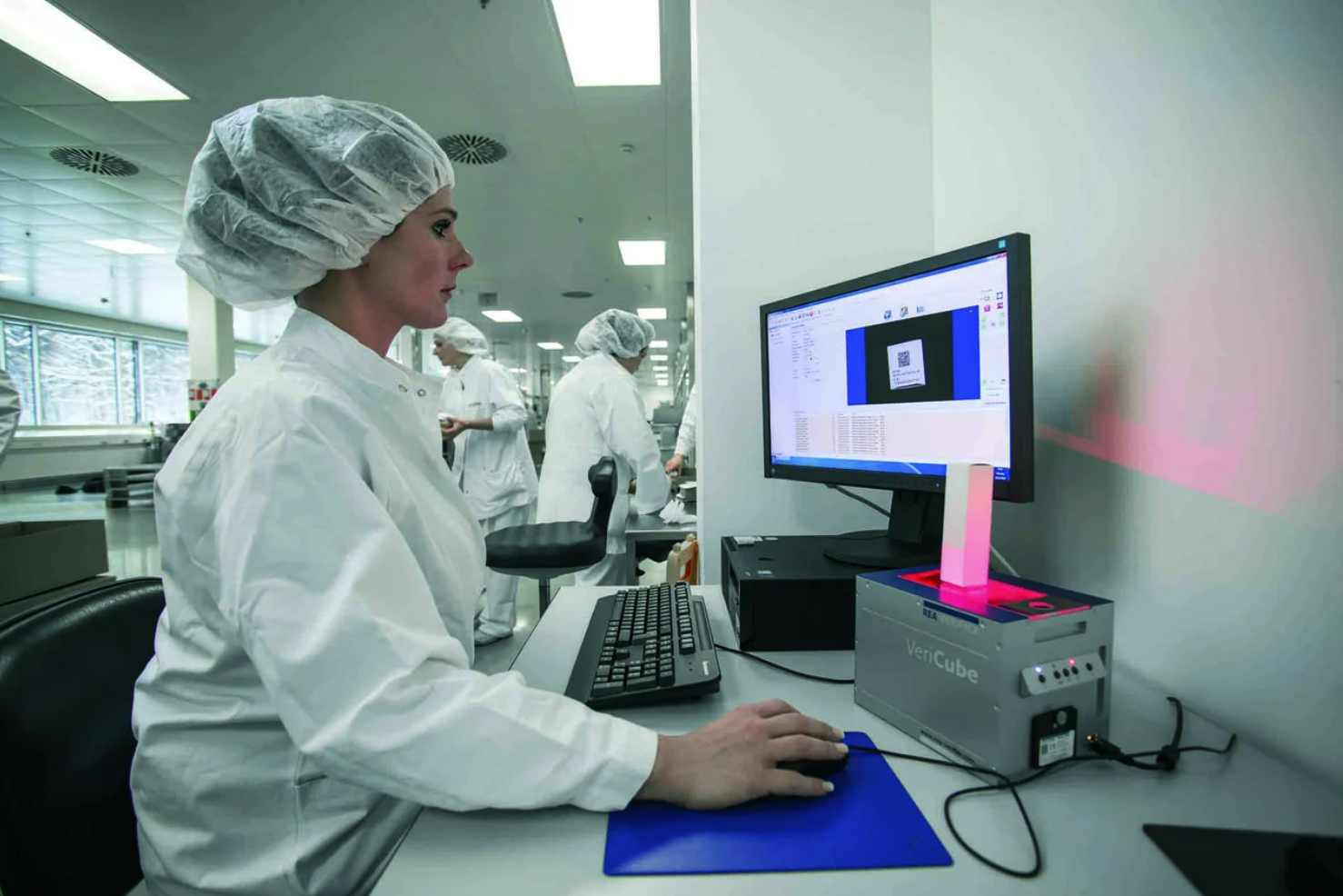Key information:
Our answer to this question is supported by years of practice, hundreds of implementations and observation of dynamic technological changes. We state with conviction: yes, barcodes are even more important today than ever before. They are a great link between the analog world and the automated and robotic reality. In our post, we will try to defend this thesis. A more enjoyable read.
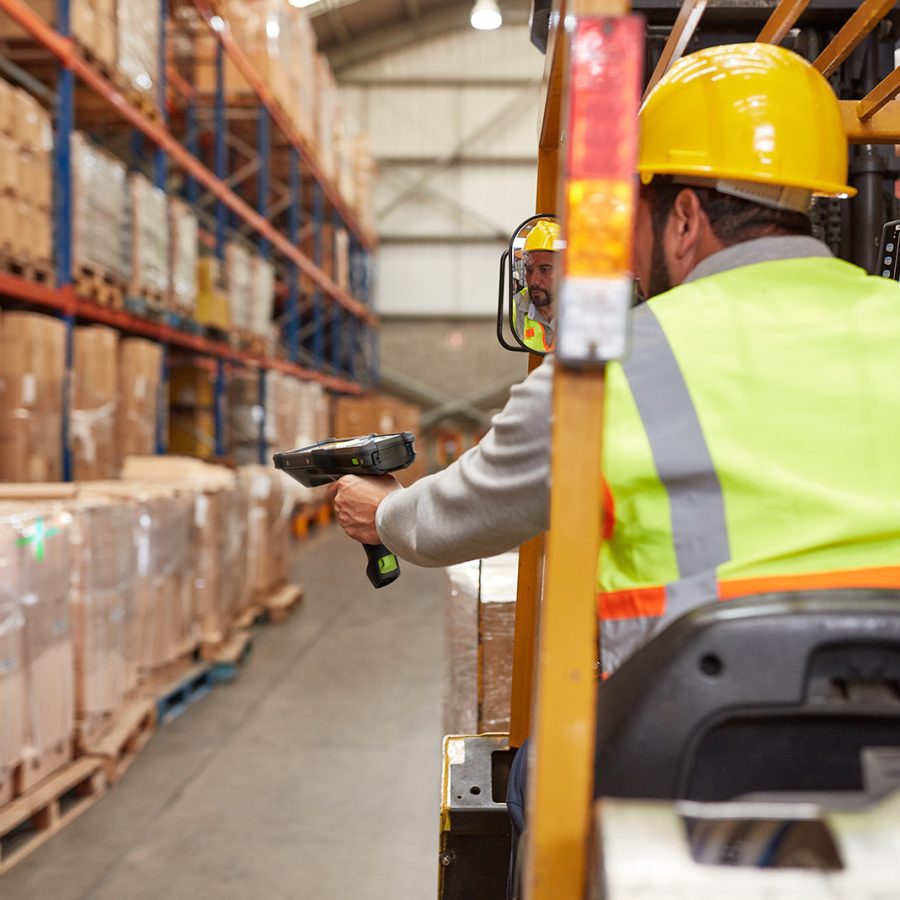
Barcodes in logistics are still a song of the future for many.
Barcodes make it possible to instantly identify an item or a person, and the automation of identification allows, above all, to generate gigantic time savings. The code takes fractions of a second to read and is always correct (there is no possibility of misreading, the code may not be read if it is damaged, using inappropriate symbology or an error during its printing).
Instant reading of the barcode works especially well during the
the process of receiving goods
to the warehouse (in this situation it is worth acting in cooperation with the supplier, who can mark his goods with barcodes compliant with the standard accepted by the recipient) automating the process of previously ordered goods. Also, automating the storage process will bring a lot of time savings. In this case, barcodes link the goods to a properly labeled storage location (labeling is done with the help of high-bay rack labeling).
Another warehouse logistics process in which barcodes play their role is the release of goods from the warehouse. It is at this stage that courier labels with barcodes are created, which make it easier for the carrier to pick up packages (or pallets) and deliver them to the recipient.
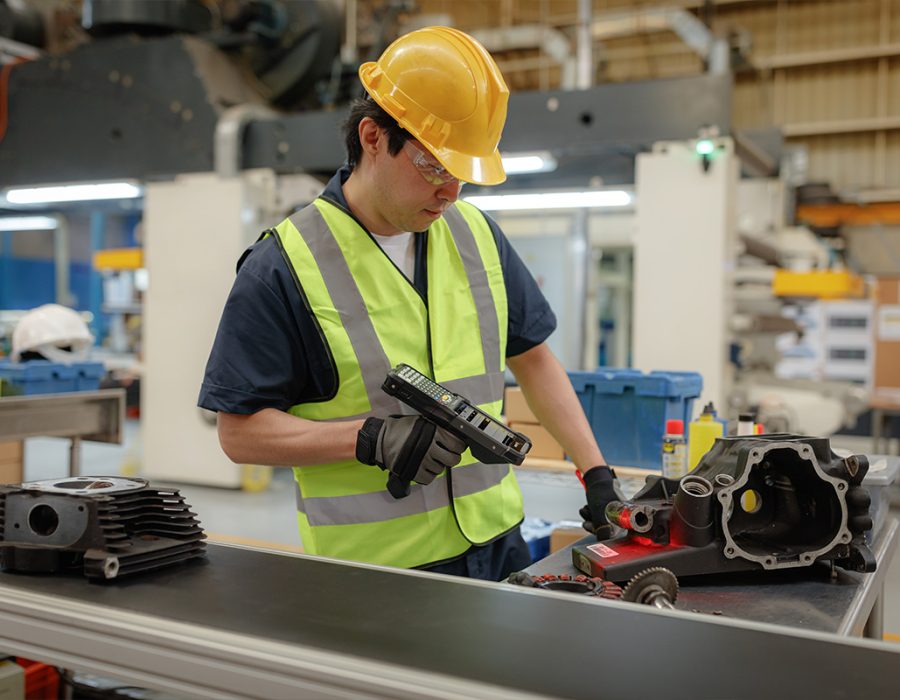
Barcodes in the production process - learn about each stage of manufacturing a new product.
Barcodes are also used in manufacturing companies, as modern production requires knowledge of every detail of the production process.
How to control the production parameters, being sure that they apply to a specific piece of goods? The easiest and surest way to do this is to use barcodes, placed on components used in production. The reading of the barcode itself can be carried out automatically using industrial, desktop barcode readers (for example, based on machine vision technologies). The code read data, together with data collected from sensors and production machine components, will give a complete picture of production, contributing to better analysis of production data.
Barcodes are even more important today than ever before. They provide a great link between the analog world and the automated and robotic reality.
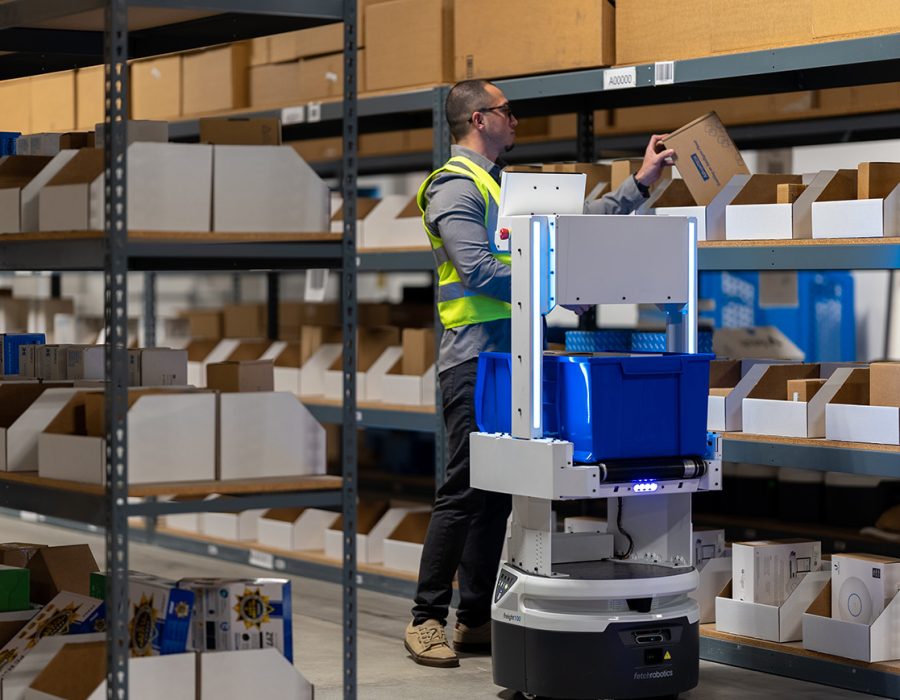
Robotics and automation are based on barcodes.
The barcode also supports technologies that automate production and logistics processes, based on the use of AGV autonomous robots or cobots, for example.
It is the barcode that indicates to the robots the locations from which goods should be picked up and to which they should be delivered. Barcodes are also identifiers used for automatic control of goods during shipments (for example, systems that count products on a pallet). They can also serve as identifiers for products in their life cycle, which can be used by automation systems downstream in the business cycle.
As you can see, the bar code, although no longer the youngest, is still used in logistics and production. We are sure that it will remain with us for years and perhaps decades to come.


